Near the northeast corner of Adelaide and George Streets, at 252 Adelaide Street West, is one of the city’s most historic structures — Toronto’s first post office. Erected in 1833, it was an important commercial and social centre for the town of York, in the days when it was in a remote colonial province of the British Empire. Despite its isolation, York was a bustling settlement as it was the capitol of the colony of Upper Canada. Postal service was vital as it was the town’s only connection to the outside world, especially to relatives overseas.
In the 1830s, Canada did not have its own postal system. The delivery of mail was controlled by the imperial government in London, which appointed a Post Master General for British North America, who was responsible for the various local postmasters. Only a man of considerable financial means was capable of fulfilling the duties of a local postmaster. This was because the position required that the person pay out of his own pocket for the construction and maintenance of the building that housed the post office, the salaries of the employees, and for any equipment and supplies required.
Despite these drawbacks, James Scott Howard was proud to be appointed the postmaster for York in 1828, as the position was lucrative and it gave him considerable prestige within the town. Born in Ireland in 1798, he had immigrated to Upper Canada in 1820. Working at first from log cabin, he prospered and was eventually appointed the postmaster, even though he was not considered a member of the elite of the town. This was because he was a Methodist, not an Anglican as were the members of the Family Compact. However, his reputation for integrity and hard work earned him the position.
Howard purchased land from the Bank of Upper Canada and erected a fine Georgian building on Adelaide Street, which was then named Duke Street. At a cost of 2400 pounds, it was a three-storey structure of red bricks, with a plain symmetrical design. In that era, it was common for merchants to live in the same building as their business enterprises. To accommodate this arrangement, the post office contained two entrances, one on the west that allowed access to the postal facilities, and another doorway on the east that led to the family residences on the upper floors.
The Bank of Upper Canada was to the west of the post office, a vacant lot separating the two structures. The stately home of Chief Justice William Campbell was to the east of the post office. The St. Lawrence Market was nearby, allowing families and farmers who attended the market to easily retrieve their mail. The new building was the fourth such facility that had served the postal needs of the town. When York was incorporated as a city and renamed Toronto in 1834, Howard’s building became the city’s first post office.
Following the Rebellion of 1837, Howard was accused of being a rebel sympathizer. Because of these unsubstantiated rumours, he was dismissed from his position in 1838, even though no charges were ever laid and nothing was ever proven. The fact that he was not a member of the elite group of the city, undoubtedly influenced this decision.
During the years ahead, the building had many different occupants. In 1870, the De La Salle Institute, a Roman Catholic boys’ school, purchased the Bank of Upper Canada building and the vacant lot to the east of it. The school erected a three-storey building on the vacant lot, with a Mansard roof, and altered the roof of the former Bank of Canada to match it. In 1874, they bought bought the old post office and added a Mansard roof to it as well. The three structures were joined to create a single building. The school operated on this site until 1913.
The last occupants of the joined buildings departed in 1956. The old post office, which occupied the eastern portion of the structure was empty, along with the two adjoining structures. They soon began to deteriorate and were in danger of being demolished. Fortunately, the structures were eventually purchased by Sheldon Godfrey. The old post office was rediscovered and restored. It was designated a National Historic Site in 1978. Today, it is a museum, but is also a fully functioning post office.
The above picture depicts a section of a model of the town of York that is on display in Toronto’s first post office on Adelaide Street. The building on the left is the Bank of Upper Canada, and to the right of it is a vacant lot. Toronto’s first post office, with its two entrances, is to the right of the vacant lot. To the right of the post office is a brown structure. To the right of it is the home of Chief Justice William Campbell. The latter building was relocated in 1972 today is situated on the northwest corner of University Avenue and Queen Street.
A watercolour by Owen Staples that today is in the Baldwin Room of the Toronto Reference Library. It was painted from a photograph of the building taken in 1869.
The building as it appeared in September 2015. The Mansard roof on the structure was added in 1874, when De La Salle Institute purchased it.
Toronto’s first post office on the north side of Adelaide Street (on the right), the De La Salle Institute building to the left of it, and the Bank of Upper Canada building to the left of it, hidden behind the trees.
Portrait of James Scott Howard, on display today in the post office.
The left-hand photo is of the entrance to the post office, on the west side of the building. The right-hand photo is of the east entrance, which gave access to the residence of the family on the floors above.
The doorway of the post office in March 1982, the year prior to it opening as a museum. Toronto Archives, Fonds 1526, It.59
The restored building opened as a living museum in 1983, and is today a functioning post office. It is the oldest surviving such facility in Canada as it is from the British colonial period.
The reading room in the post office was where people opened and read their mail, and then, composed a reply and mailed it. This was necessary as many customers travelled considerable distances to retrieve their mail, and a return visit might entail a journey of several hours or sometimes an entire day. If a person were illiterate, a staff member at the post office would read the letter to its recipient and also write a reply for them.
A desk in the reading room with the necessary equipment to write a letter.
Photo of the building that was the De La Salle Institute, taken in 1978, prior to its restoration. The Bank of Upper Canada is the western (left side) of the structure, the centre section was constructed by the Institute, and the first post office is to the right of it, on the eastern side. The three buildings appear as if they are a single structure, as the Mansard roofs unify them. Toronto Archives, Fonds 1526, Item 30.
Gazing east on Adelaide Street from near George Street, prior to 1874, as neither the post office (far right) or the Bank of Upper Canada (foreground) have Mansard roofs in this photo. Photo from Ontario Archives, 10002092.
Toronto’s first post office in 2015.
To view the Home Page for this blog: https://tayloronhistory.com/
To view previous blogs about movie houses of Toronto—historic and modern
Recent publication entitled “Toronto’s Theatres and the Golden Age of the Silver Screen,” by the author of this blog. The publication explores 50 of Toronto’s old theatres and contains over 80 archival photographs of the facades, marquees and interiors of the theatres. It relates anecdotes and stories of the author and others who experienced these grand old movie houses.
To place an order for this book:
Book also available in Chapter/Indigo, the Bell Lightbox Book Store and by phoning University of Toronto Press, Distribution: 416-667-7791
Theatres Included in the Book:
Chapter One – The Early Years—Nickelodeons and the First Theatres in Toronto
Theatorium (Red Mill) Theatre—Toronto’s First Movie Experience and First Permanent Movie Theatre, Auditorium (Avenue, PIckford), Colonial Theatre (the Bay), the Photodrome, Revue Theatre, Picture Palace (Royal George), Big Nickel (National, Rio), Madison Theatre (Midtown, Capri, Eden, Bloor Cinema, Bloor Street Hot Docs), Theatre Without a Name (Pastime, Prince Edward, Fox)
Chapter Two – The Great Movie Palaces – The End of the Nickelodeons
Loew’s Yonge Street (Elgin/Winter Garden), Shea’s Hippodrome, The Allen (Tivoli), Pantages (Imperial, Imperial Six, Ed Mirvish), Loew’s Uptown
Chapter Three – Smaller Theatres in the pre-1920s and 1920s
Oakwood, Broadway, Carlton on Parliament Street, Victory on Yonge Street (Embassy, Astor, Showcase, Federal, New Yorker, Panasonic), Allan’s Danforth (Century, Titania, Music Hall), Parkdale, Alhambra (Baronet, Eve), St. Clair, Standard (Strand, Victory, Golden Harvest), Palace, Bedford (Park), Hudson (Mount Pleasant), Belsize (Crest, Regent), Runnymede
Chapter Four – Theatres During the 1930s, the Great Depression
Grant ,Hollywood, Oriole (Cinema, International Cinema), Eglinton, Casino, Radio City, Paramount, Scarboro, Paradise (Eve’s Paradise), State (Bloordale), Colony, Bellevue (Lux, Elektra, Lido), Kingsway, Pylon (Royal, Golden Princess), Metro
Chapter Five – Theatres in the 1940s – The Second World War and the Post-War Years
University, Odeon Fairlawn, Vaughan, Odeon Danforth, Glendale, Odeon Hyland, Nortown, Willow, Downtown, Odeon Carlton, Donlands, Biltmore, Odeon Humber, Town Cinema
Chapter Six – The 1950s Theatres
Savoy (Coronet), Westwood
Chapter Seven – Cineplex and Multi-screen Complexes
Cineplex Eaton Centre, Cineplex Odeon Varsity, Scotiabank Cineplex, Dundas Square Cineplex, The Bell Lightbox (TIFF)
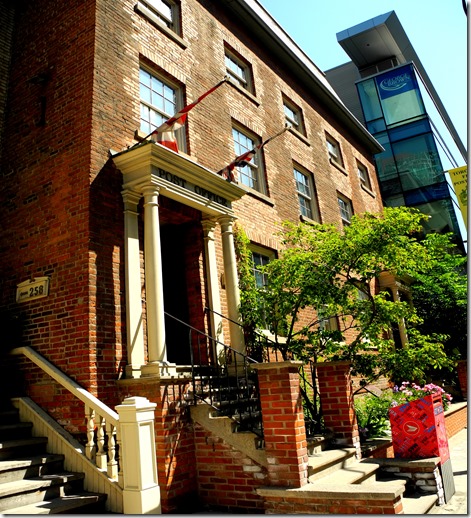
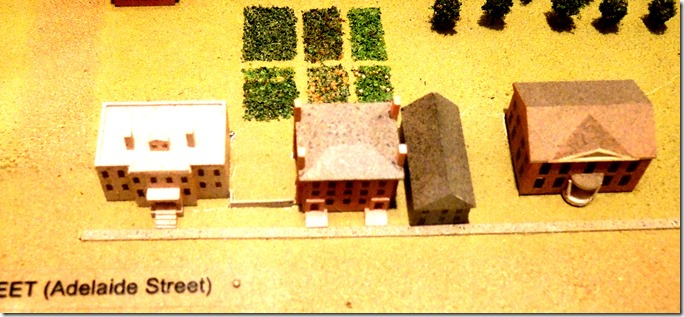
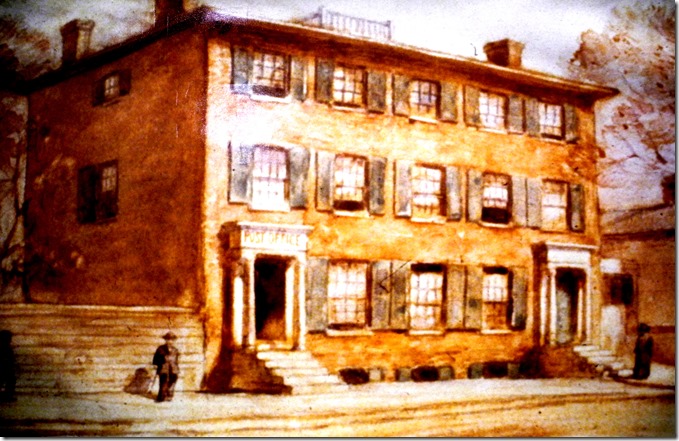
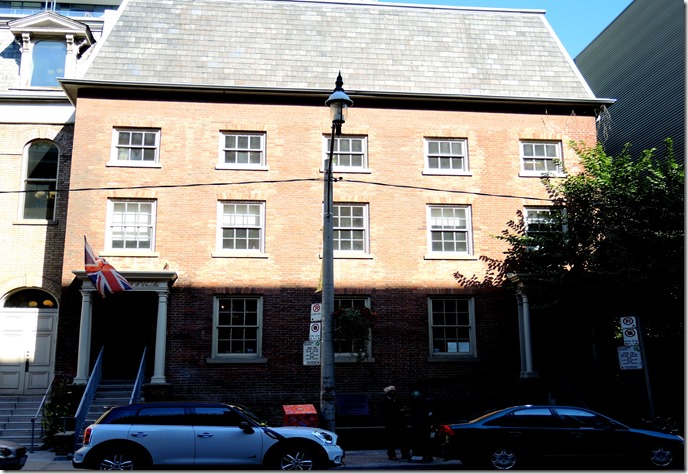
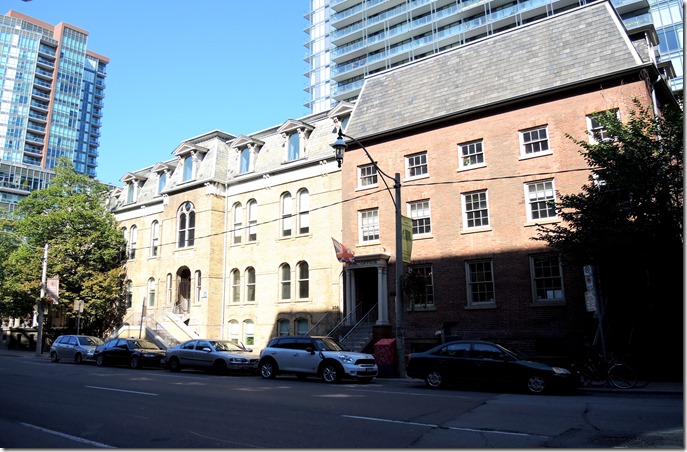
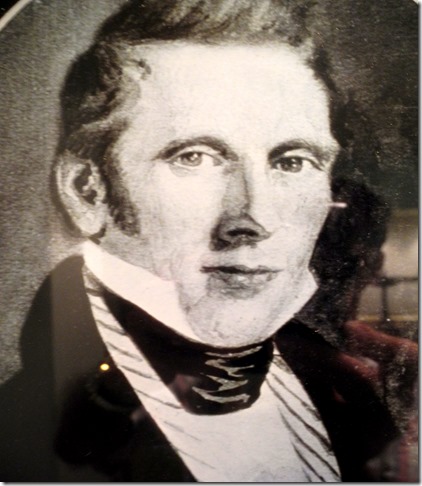
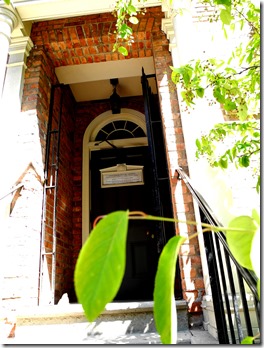
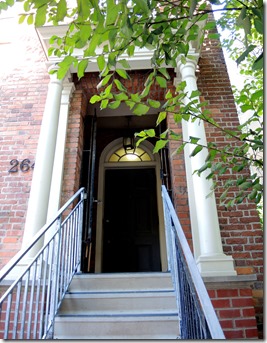
![March 1982, f1526_fl0053_it0059[1] March 1982, f1526_fl0053_it0059[1]](https://tayloronhistory.com/wp-content/uploads/2015/09/march-1982-f1526_fl0053_it00591_thumb.jpg)
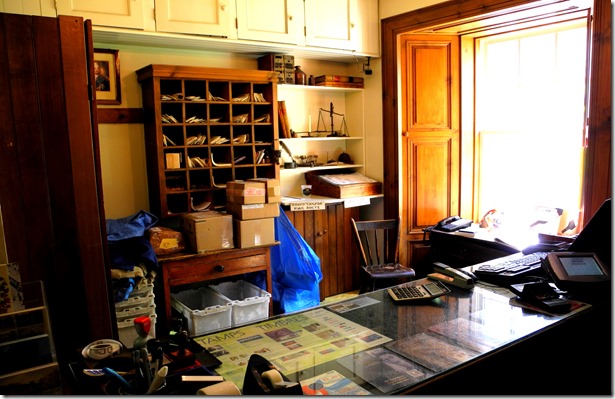
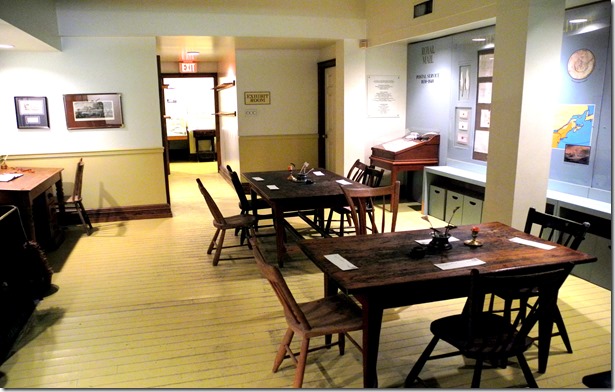
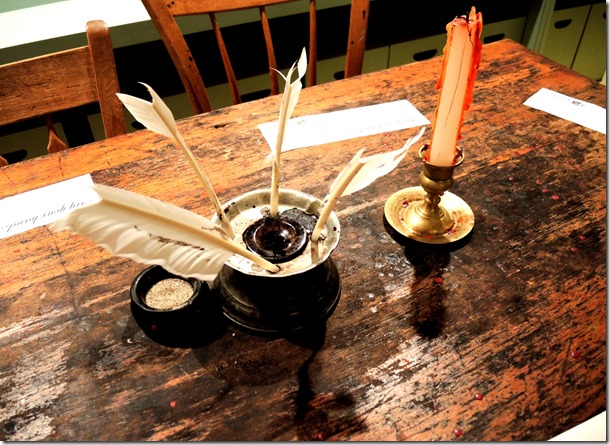
![1978- f1526_fl0053_it0030[1] 1978- f1526_fl0053_it0030[1]](https://tayloronhistory.com/wp-content/uploads/2015/09/1978-f1526_fl0053_it00301_thumb.jpg)
![c. 1900 I0002092[1] c. 1900 I0002092[1]](https://tayloronhistory.com/wp-content/uploads/2015/09/c-1900-i00020921_thumb.jpg)
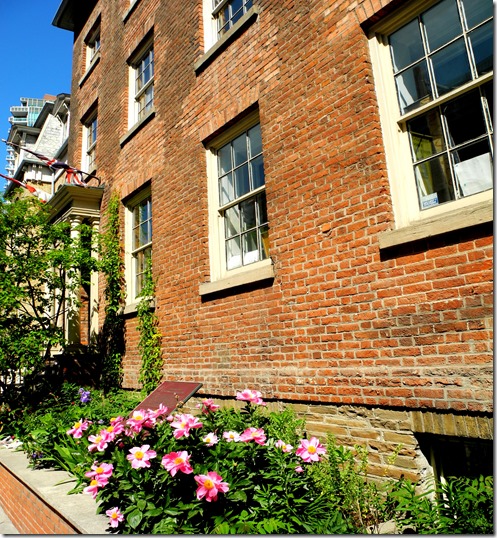
![cid_E474E4F9-11FC-42C9-AAAD-1B66D852[1] cid_E474E4F9-11FC-42C9-AAAD-1B66D852[1]](https://tayloronhistory.com/wp-content/uploads/2015/09/cid_e474e4f9-11fc-42c9-aaad-1b66d8521_thumb.jpg)


Great post! I love your blog. It is always so interesting.
A minor correction : I think you mean Adelaide Street East (not west), right?